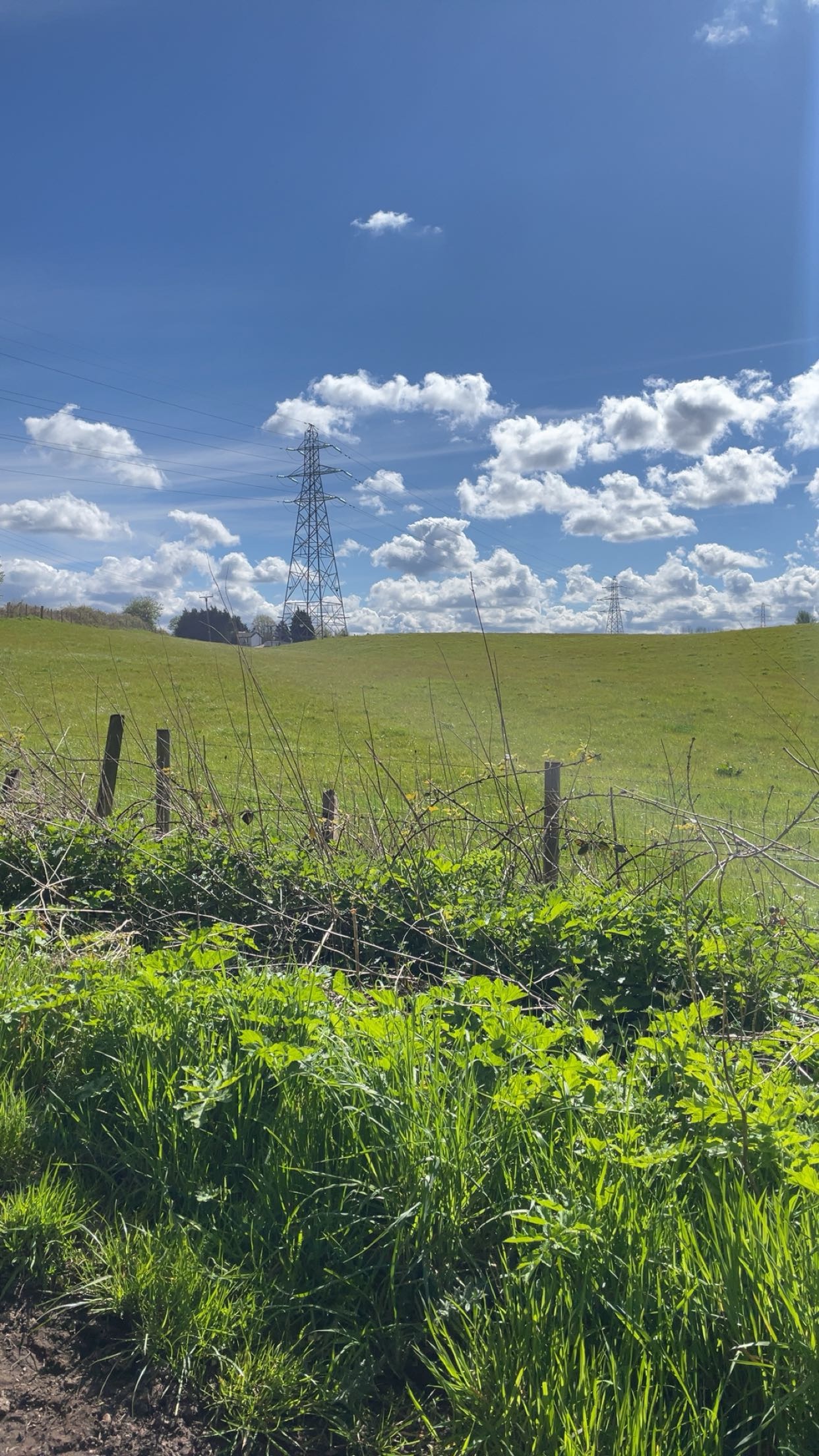6 - Rates of reactions
Cards (32)
- Rate of reaction is how quickly a reaction happens,
- High rate means the reaction happens quickly
- Low rate means the reaction happens slowly
- Rate of zero means the reaction is not happening or has stopped
- Particles must collide with enough energy (Activation energy) to cause a reaction.
- Exam tip : Whenever asked about explaining a rate of reaction, always link it back to the amount of collisions that have enough energy in a set time.
- 5 Factors that effect the rate of reaction : Temperature, Concentration, Pressure, Surface area and catalysts.
- Temperature
- Increasing/decreasing temperature increases/decreases the rate of reaction as particles gain/lose more kinetic energy so move faster/slower so the chance of successful collisions increases/decreases in a set time.
- Concentration
- Increasing/decreasing concentration increases/decreases the rate of reaction as particles gain/lose more kinetic energy so move faster/slower so the chance of successful collisions increases/decreases in a set time.
- More or less particles in a set volume
- Pressure
- Increasing/decreasing pressure increases/decreases the rate of reaction as particles gain/lose more kinetic energy so move faster/slower so the chance of successful collisions increases/decreases in a set time.
- Affects volume particles are in
- Surface area
- Affects size of pieces (large, small, powder ect.)
- Smaller pieces = larger surface area
- Affects number of particles on the surface which can collide
- Increase surface area, rate increases
- Catalyst
- Increases rate of reaction by lowering activation energy
- Rate is not measured it is calculatedIt has to be calculated from data of a reactionA rate can be calculated by the volume of gas being measured after being produced in a set time.A rate can also be calculated by measuring the loss of mass in a reaction over a set time.
- RATE EQUATIONSRate(cm^3/s) = Volume of gas (cm^3) / time (s)Rate (g/s) = Change in mass (g) / time (s)
- A catalyst is a substance that:
- Increases the rate of reaction An enzyme is a biological
- Can be recycled - not used up catalyst.
- Is specific to a reaction
- Can be filtered out
- Works be lowering the activation energy of the reaction by providing an alternate reaction pathway.
- Gas syringe can be used to measure amount of gas product from a reaction.
- An inverted measuring cylinder can also be used to collect gas produced from a reaction.
- Cotton wool is used to prevent any liquids/solutions splashing out of the flask, as this would lose mass.
- Exothermic reaction profile with and without a catalyst
- A - Reaction has a high rate and the rate is constant. B - Reaction has a low rate and the rate is constant. C - Reaction starts with a high rate, but slows down then stops.
- Rate decreases over time due to the concentration of reactants decreasing (becoming products) - lowers the chance of successful collision.
- Mean overall rate : given vol/mass/given time
- go up from given time
- find vol/mass
- do calculation
- Mean overall rate example straight lines.(80-20)/(70-10) = (60)/60) = 1g/s
- Finding the rate of curved lines
- Asked for rate at one specific time
- Draw a tangent
- Work out the gradient of tangent
e.g. (80-50)/(90-30) = 30/60 = 0.5cm^3/s - LEARN MEASURING RATE OF REACTION RQ
- Reactants ⇌ Products
- Reversible reaction
- The overall energy change of a reaction is the opposite for the reverse reaction
- Products can react again to reform the reactants
- DYNAMIC EQUILIBRIUM
- Equilibrium does not mean the amount of reactants/products is equal, only the rates of the reactions - so the amounts no longer change.
- Closed system - A reaction where no reactants or products can escape.Equilibrium - When a reversible reaction is in a closed system, the rates of the forwards and the reverse rates will be equal.
- Dynamic equilibrium means the position of equilibrium can change, this can affect yield.
- Equilibrium can be on the RIGHT - Higher amount of reactants than products - the yield is low
- Equilibrium can be on the LEFT - Higher amount of products than reactants - the yield is high
- LE CHATELIER'S PRINCIPLE : ' Whenever a change is made to a reversible reaction in dynamic equilibrium, the equilibrium will shift to try to oppose the change'
- So whatever we do to a reaction in equilibrium, the reaction does the opposite to get back to where it was.
- EFFECT OF CONCENTRATIONIf the conc. of a substance is increased/decreased, equilibrium will shift the opposite way.e.g. A+B ⇋ C+DIncrease conc. of A:
- Opposed by increase in conc. of D
- Favours the forwards reaction to oppose the change
- Equilibrium shifts to the right
- So yield increases
- EFFECTS OF TEMPERATUREDepends on exo/endo themic reactions. If we increase/decrease temperature the equilibrium shifts to the side that will do the opposite.e.g. A+B ⇋ C+D (reverse 400KJ)(forwards -400KJ)Increase temperature
- Favours the endothermic reaction
- Favours the reverse reaction
- Equilibrium shifts to the left
- Yield decreases
- TEMPERATURE AND CONCENTRATION
- If conc. of reactants ↑, favours forwards, equilibrium right, yield ↑
- If conc. of products ↓, favours forwards, equilibrium right, yield ↑
- ↑ temperature favours endothermic, equilibrium follows the endothermic arrow, if going right yield ↑, if going left yield ↓
- ↓ temperature favours exothermic, equilibrium follows the exothermic arrow, if going right yield ↑, if going left yield ↓
- PRESSUREPressure only affects equilibrium to do with substances as gasses.
- If pressure is increases, equilibrium shifts to the side with less moles of gas. Yield increase if right. Yield decrease if left.
- If pressure is decreased, equilibrium shifts to the side with more moles of gas. Yield increase if right. Yield decrease if left.
- Catalysts have no effect on equilibrium.
